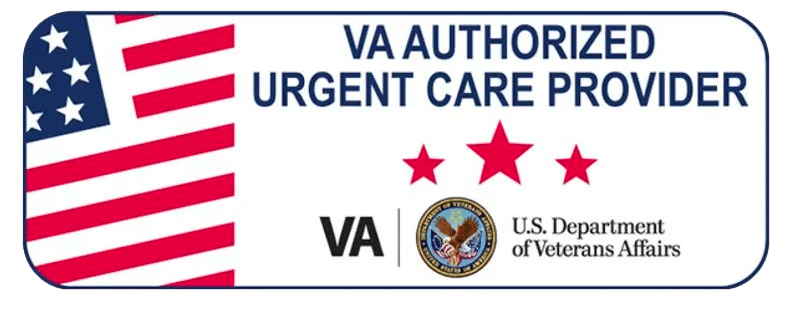Have you ever had a cold that just wouldn’t go away and seemed to last for weeks? Or have you ever woken up with a throbbing headache in your forehead or under your eyes? If so, you may have been experiencing “sinusitis” or a sinus infection. The -itis ending on a word, particularly in a medical context, refers to an inflammation or infection of that area or body part.
What is sinusitis?
There are four hollow cavities or air spaces located behind your cheeks, jaw, and eyebrows. The sinuses normally make mucus to help clean bacteria and other particles from the air you breathe. Tiny hairs within your nose help move the mucus from the sinuses so that it can drain – or be blown – out through the nose. Sinusitis occurs when the sinuses become inflamed or swollen, caused by a variety of reasons including: a cold, allergies, changes in temperature or air pressure, and certain physical conditions (such as a deviated septum or nasal polyps).
How can I know I have a sinus infection?
Colds or allergies can cause the lining of the sinuses to swell and your body produces more mucus to try to get rid of the offending virus or allergens, but it gets blocked and then creates the perfect environment for germs to grow, causing a sinus infection. That said, most sinus infections (9 of 10 in adults; 5-7 of 10 in children) are caused by viruses. Symptoms of a sinus infection may include some or all of these:
- Pain or pressure in cheeks, forehead, or nose, and behind the eyes
- Headaches
- Nasal congestion
- Fever
- Drainage in the throat (sometimes called postnasal drip)
- Coughing, often worse at night or when lying down
- Reduced sense of smell and/or taste
- Bad breath
- Fatigue
- Toothache
How is sinusitis treated?
Sinusitis is diagnosed based on symptoms and physical exam of nose and face. Sometimes imaging tests are performed. Initial treatments to alleviate symptoms may include use of a heating pad on the inflamed area, saline nasal sprays, and humidifiers. Do NOT use a nasal decongestant spray for more than 3 days, as it can cause the sinuses to become even more swollen when you stop using it. If allergies are thought to be the cause, allergy medicine can be prescribed. Severe cases of infection caused by bacteria may be treated by a course of antibiotics, usually taken for 10-14 days.
When should I see a health professional?
If home treatments do not bring relief or symptoms are getting worse or persist after 10 days, it’s a good idea to consult a health professional. If you have multiple symptoms, and especially if you have thick, green, or yellow discharge, your sinusitis is more likely to have progressed to an infection and antibiotics could help. Also seek medical advice if you have recurring bouts of sinusitis several times a year.
How can I prevent sinusitis?
The short answer: you can’t. About 35 million Americans have sinusitis at least once a year. However, some things may increase the likelihood a child or adult will develop sinusitis, including allergies, going to day care, using a pacifier, changes in altitude (such as in flying or scuba diving), large adenoids, cystic fibrosis, smoking, and a weakened immune system.
Even though you may not be able to keep from getting sinusitis, we’re here for you if you do. Sinus infections are one of the many non-life-threatening conditions and illnesses we provide care for. And we’re here for you when you need us – 8 am to 8 pm every day.
Resources:
ADAM Medical Encyclopedia. Sinusitis. MedlinePlus.gov. Updated 30 Apr 2019 [accessed 7 May 2019]. https://medlineplus.gov/ency/article/000647.htm
American Academy of Family Physicians. Sinusitis. FamilyDoctor.org. Updated 27 Jun 2017 [accessed 7 May 2019]. https://familydoctor.org/condition/sinusitis/?adfree=true
Centers for Disease Control and Prevention. Sinus infection (Sinusitis). In “Antibiotic prescribing and use in doctor’s offices. Reviewed 25 Sep 2017 [accessed 7 May 2019]. https://www.cdc.gov/antibiotic-use/community/for-patients/common-illnesses/sinus-infection.html
Martin LJ (reviewer). What is sinusitis. WebMD Medical Reference. Reviewed 9 Jul 2018 [accessed 7 May 2019]. https://www.webmd.com/allergies/sinusitis-and-sinus-infection#2
National Library of Medicine. Sinusitis. MedlinePlus.gov. Updated 1 May 2019 [accessed 7 May 2019]. https://medlineplus.gov/sinusitis.html




